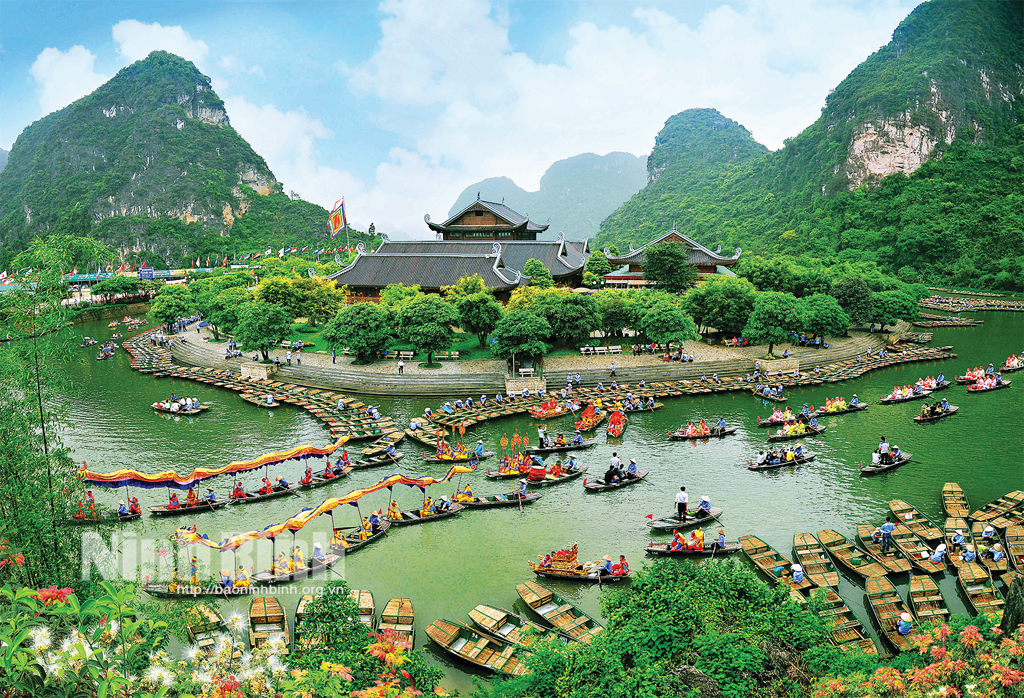
Three decades ago, I was still a child, not old enough to fully understand the significance of my homeland being divided into three separate provinces. In the stories of adults, I vaguely understood that it was because of development, because of the demands of the new era. But in the heart of a child like me, I only felt a vague sadness, as if something very close had been lost.
Back then, my father often talked about his business trips far away, about his friends from Vu Ban, Nho Quan, Binh Luc, Hai Hau... about how they overcame difficulties during the subsidy period together. My mother mentioned the countryside markets, where there was Nam Dinh beef noodle soup, Ba Thi's sticky rice cake, Ninh Binh's burnt rice, Yen Mac sour sausage, Phu Ly fish cakes, Ve market's perch rice noodles... In my childhood memories, it was a land that was three but one, one but three. Those people, although different in accent and customs, still had the same sincere, hard-working heart and a simple love for their homeland; when they met, they affectionately called each other "my hometown".
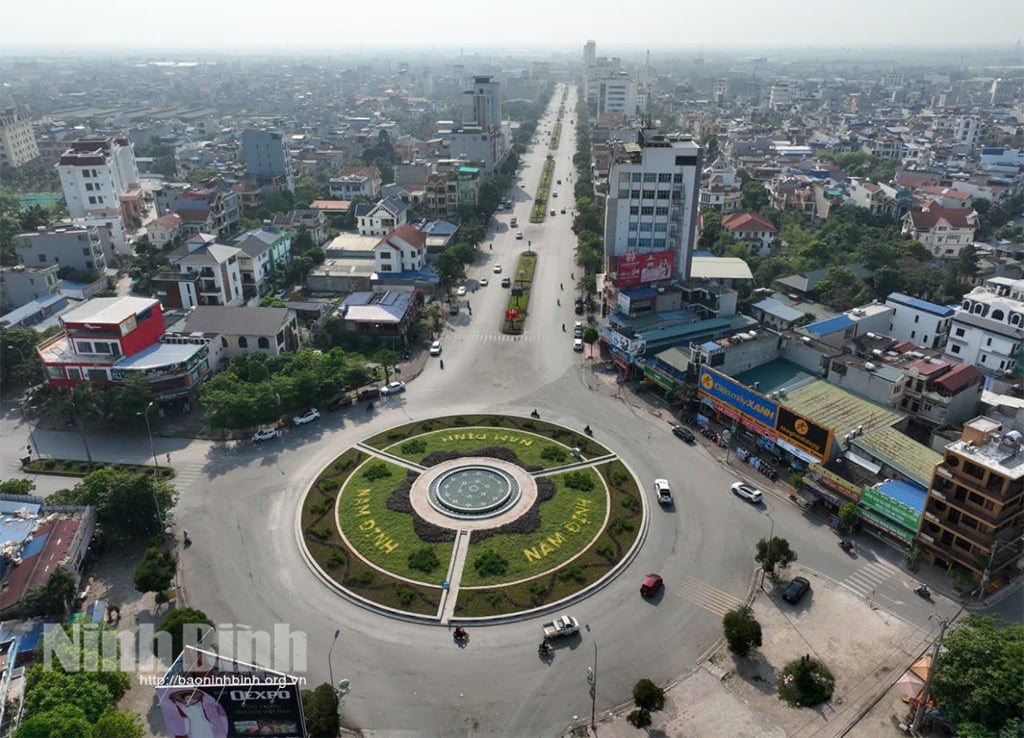
In the following years, I understood and witnessed that the separation of “my homeland” into three separate provinces was a necessary decision, in line with the requirements of management and socio -economic development in the renovation period. But in my mind, and certainly in the minds of many people, the land of “three but one, one but three” has always been a unified cultural and historical space, closely linked through many generations. This is not only a geographical land, but also a land that gathers the sacred souls of mountains and rivers, a place that bears the mark of dynasties in the history of the nation. From the capital Hoa Lu in the Dinh - Tien Le period, the foundation of Dai Co Viet nation, to the Ly dynasty with brilliant developments in culture, Buddhism, and state organization; From the glorious feat of defeating the Yuan-Mongol army three times by the Tran Dynasty kings and his subjects to the relics and cultural heritage of the Tran Dynasty spread across three provinces, to the indomitable images in the resistance wars against French colonialism and American imperialism - all are testaments to the tradition of patriotism, resilience and heroic spirit of the people of this land.
Three "hometown" provinces have had their own developments: Nam Dinh with its textile industry, educational tradition and cultural heritage of Phu Day and Tran Temple; Ninh Binh has become a regional and national tourism center (Trang An, Hoa Lu, Bai Dinh) and developed a green economy; Ha Nam has risen from agriculture and industry and now has modern infrastructure, an attractive investment attraction...
The independent development of each province has created its own strengths. But Ninh Binh people still remember the lucky Vieng market that meets only once in early spring, Nam Dinh people still know by heart the folk songs of Ninh Binh and Ha Nam, Ha Nam people still remember Giao Cu pho and Hai Hau fragrant rice as part of the flavor of their homeland.
Some people say that administrative boundaries are just lines on a map, while emotions and culture are what last forever. For me, the land of “three but one, one but three” is the most beautiful proof of that. Although the three provinces are on different paths, we have a common starting point, a common historical journey and a common pride in a land of “spiritual land and talented people”.
Thirty years ago, separation was for positioning and development. Thirty years later, reunion was for further expansion. The years of unification in the past have become a part of dear memories. And today, Ha Nam - Nam Dinh - Ninh Binh are together writing a new story - a story of strong and sustainable development in the era of national development.
Looking at my hometown today, I feel a new vitality rising. The highways stretching out, the heritage parks, the modern industrial parks have been and are springing up; the traditional craft villages such as Van Lam embroidery, Thanh Ha, Trong Doi Tam, La Xuyen woodworking, Co Chat silk, Giao Cu pho, Ninh Van stone carving, Kim Son sedge, Bo Bat pottery... or the ancient Cheo villages of Dang Xa, Thi Son, Thuong Phuong, Khanh Thien still retain their unique cultural features through the long centuries. The dynamic development does not erase traditional values, but blends the old and the new, creating a unique identity - both dynamic and imbued with the character of "my hometown".
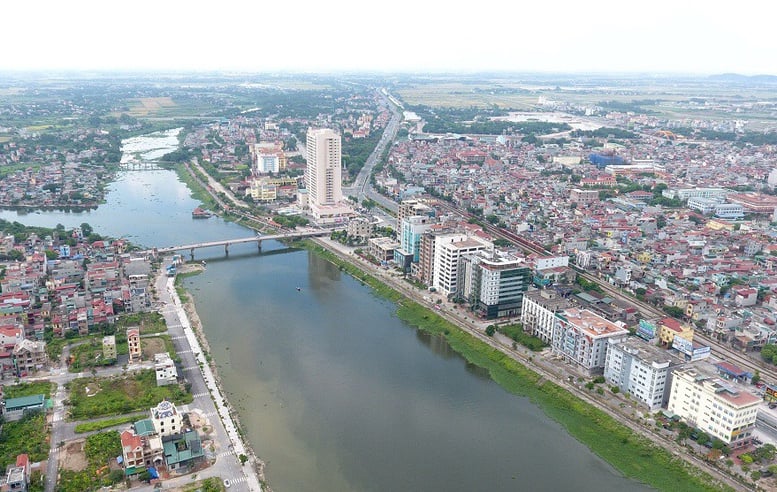
I envision a Ninh Binh in the future: along the hundreds of kilometers of coastline awakening, being one of the solid supports for the homeland to rise up and get rich from the sea; the rice fields of Ha Nam and Nam Dinh will be high-tech granaries, the famous craft villages will become centers for handicraft exports and the cultural and natural heritage space in Ninh Binh will be an international-class tourist destination. This merger is not simply three pieces put together, but creates a complete overall picture, where the strengths of each region are maximized. And perhaps, the greatest strength of this merger is the people. The people of Ha Nam are industrious, the people of Nam Dinh are skillful, the people of Ninh Binh are resilient - when we join hands, nothing is impossible. I believe that the love for the homeland and the desire to rise up will be the catalyst to turn Ninh Binh into an economic - cultural center worthy of national and international stature.
I am always proud to be a son of “my hometown”, and feel lucky to have witnessed both historical moments: separation and reunion. People of Ha Nam, Nam Dinh, Ninh Binh, today, no matter where they are, all share the belief that this reunion will create a breakthrough development momentum for the new Ninh Binh province. This is not only an economic story, but also a convergence of a new mindset, new spirit and new determination to join hands to build a prosperous, civilized, and unique homeland, worthy of the traditions of our ancestors and to create a sustainable development future for future generations.
I believe that a new Ninh Binh will rise strongly, promote human potential and heritage to become a new center, with a new height. And in that flow, each child of Ha Nam, Nam Dinh, Ninh Binh will find their place, together contributing to building a prosperous and beautiful common homeland.
Source: https://baoninhbinh.org.vn/tai-hop-trong-khat-vong-moi-075061.htm





![[INFOGRAPHIC] Open-back headphones, look like a... pill](https://vphoto.vietnam.vn/thumb/1200x675/vietnam/resource/IMAGE/2025/7/16/cd63f007ad404018aa504c1009ce19ba)


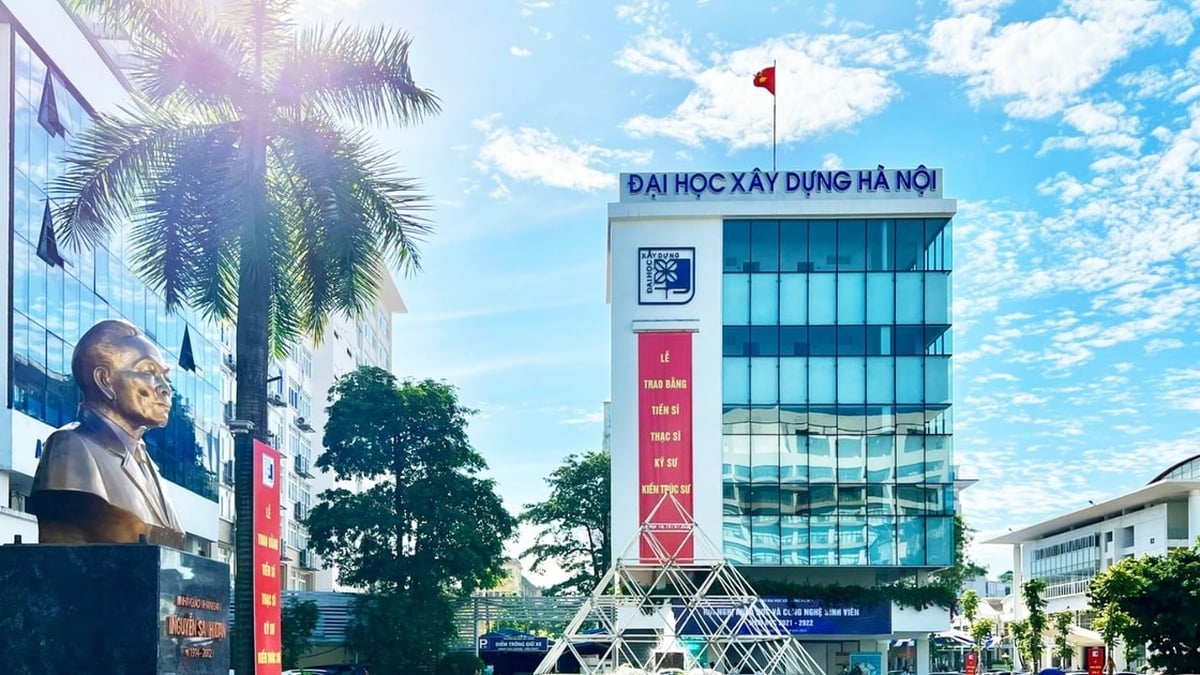
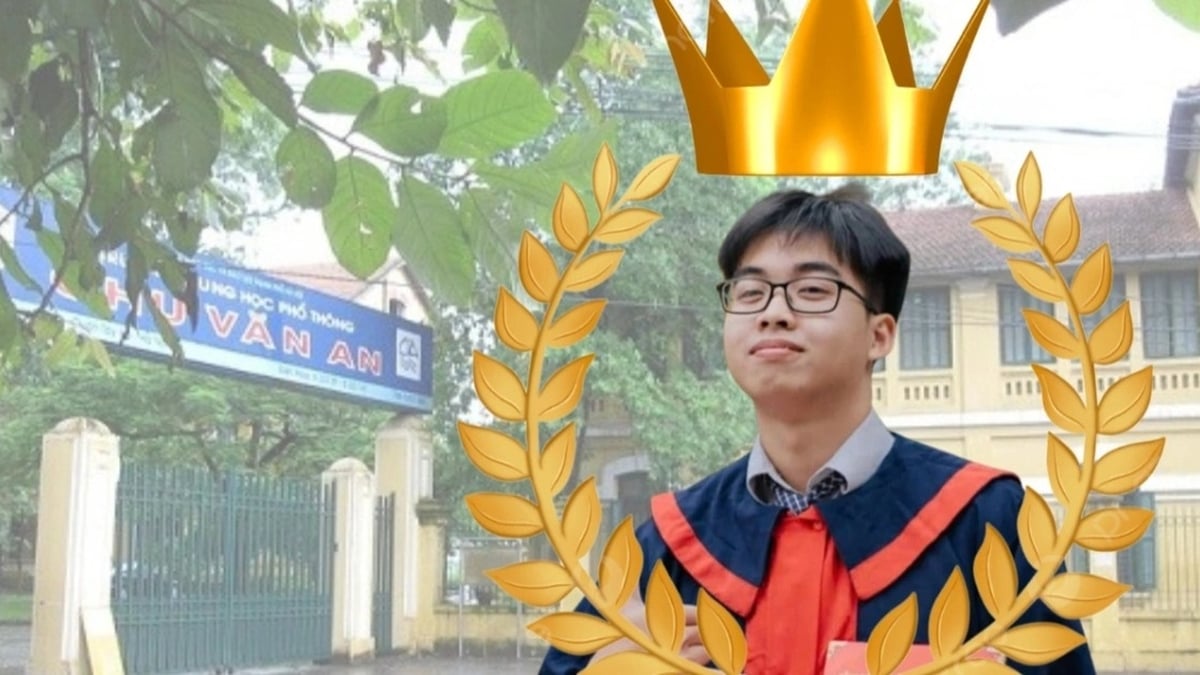

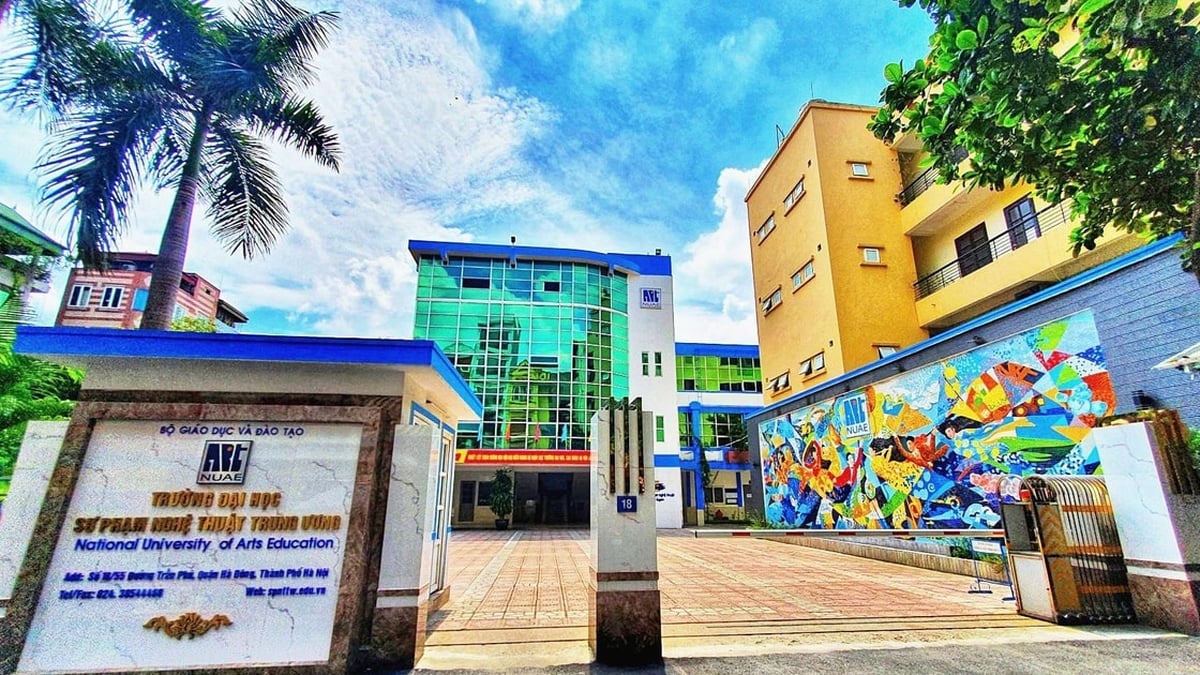


















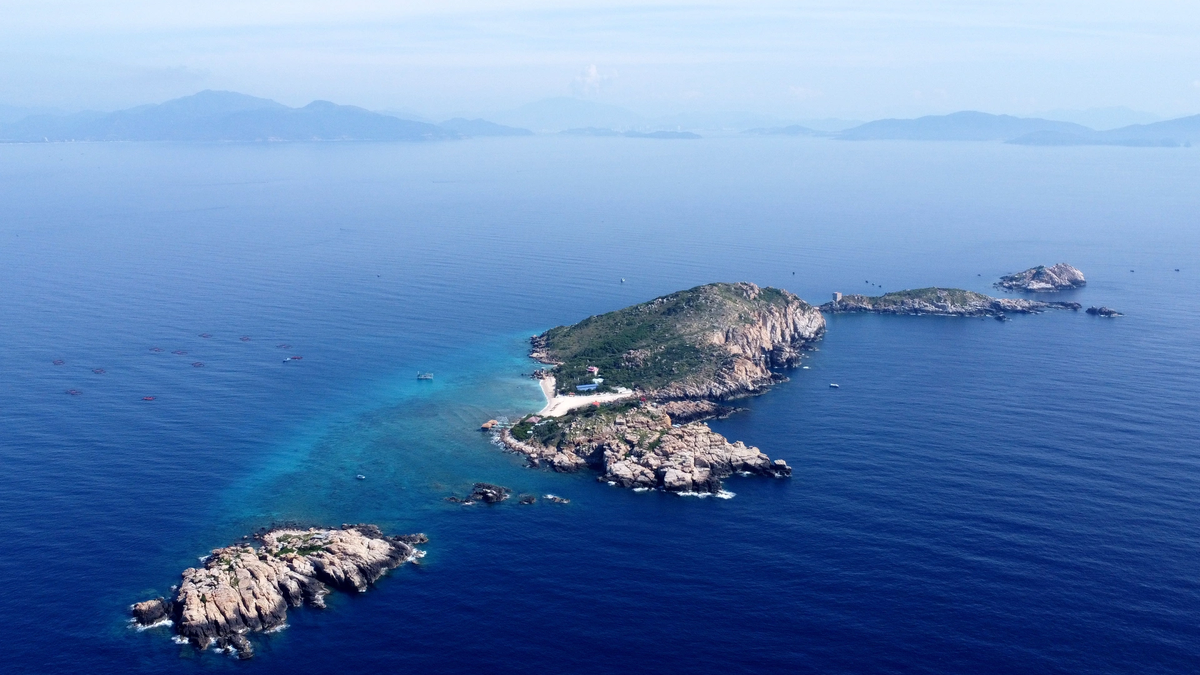







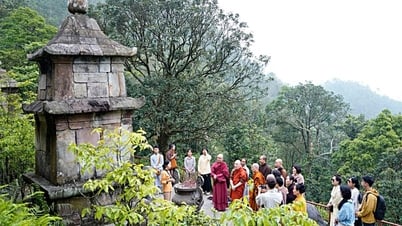

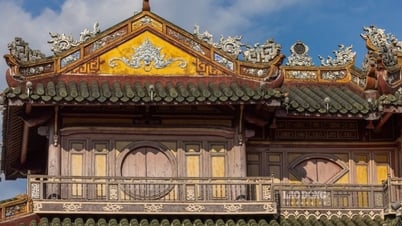



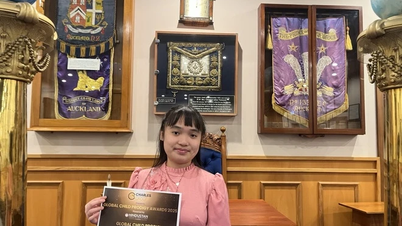
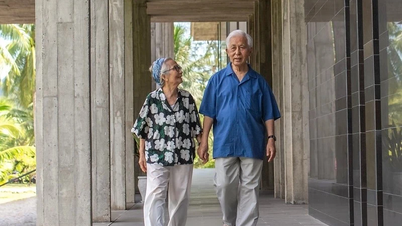

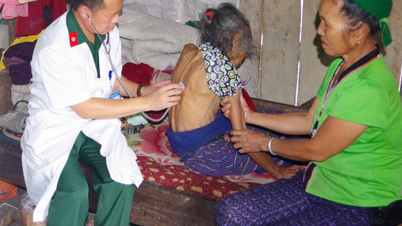





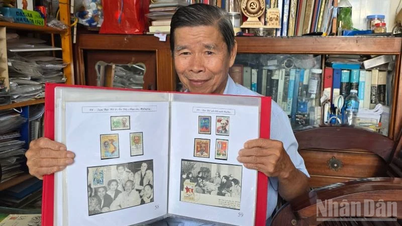







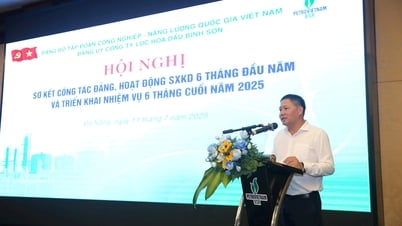



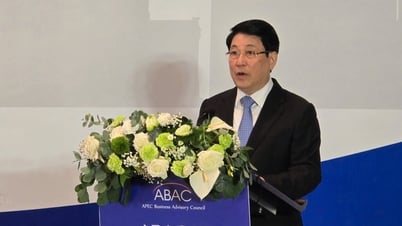



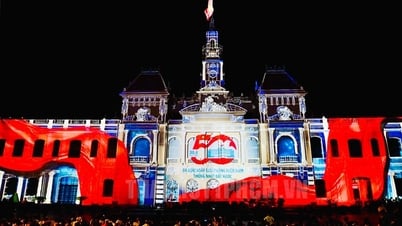
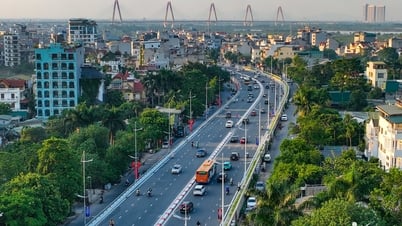





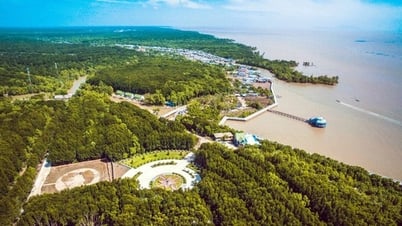

















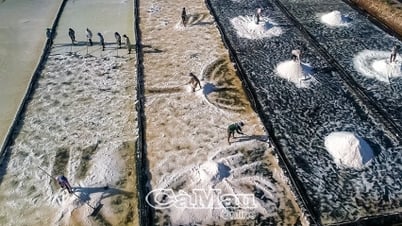






Comment (0)